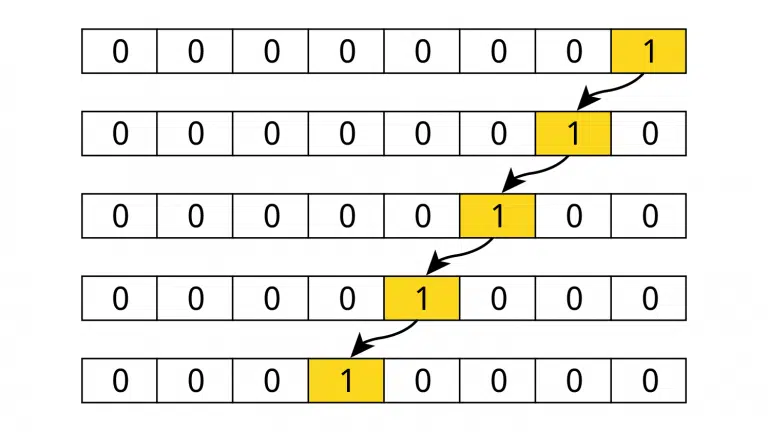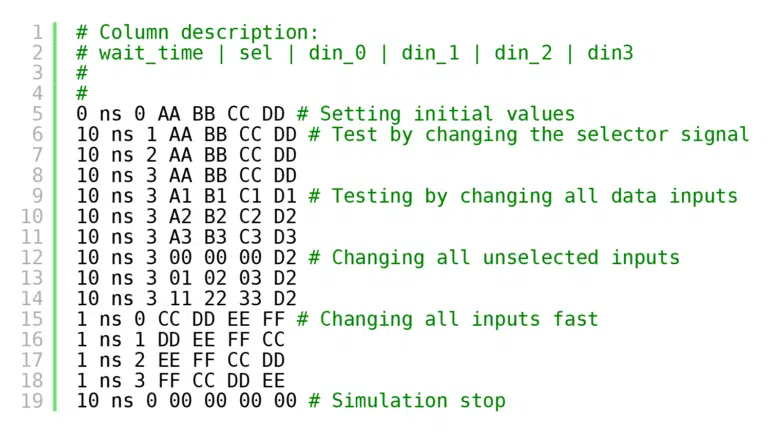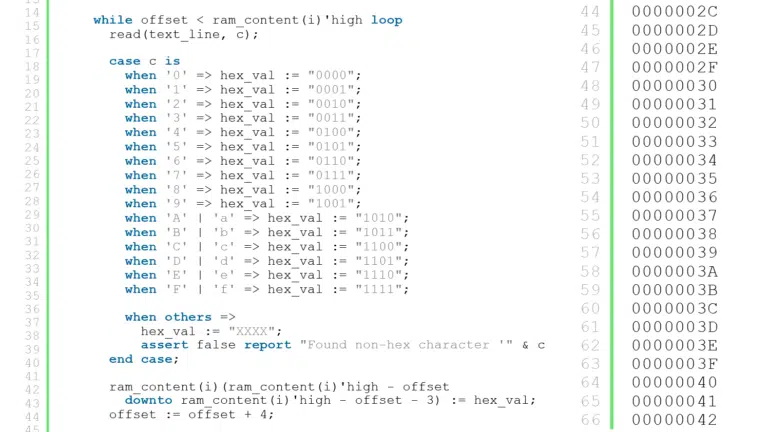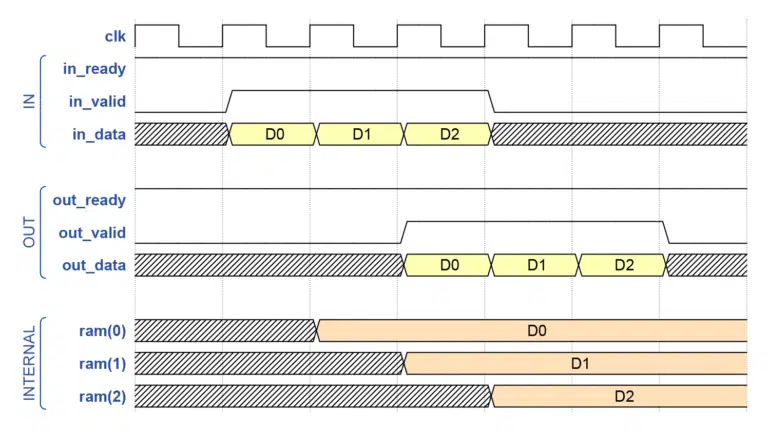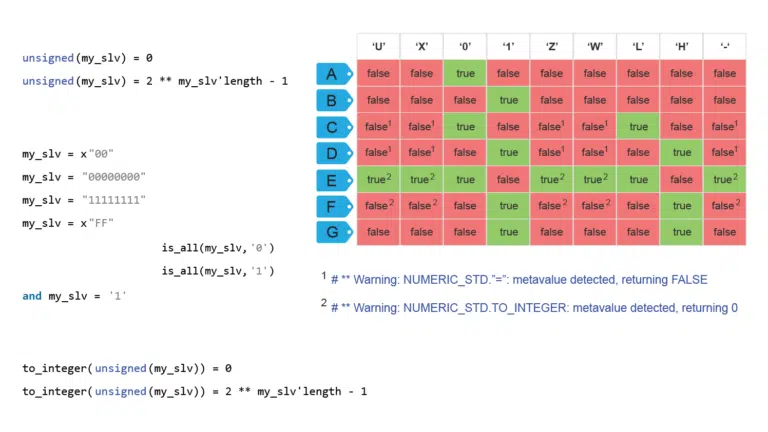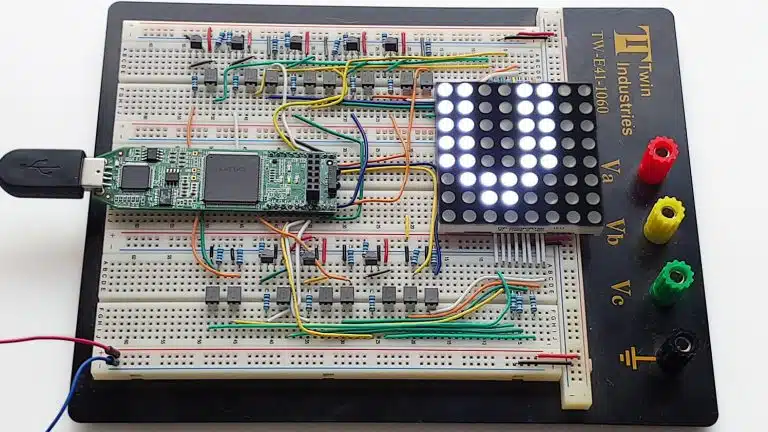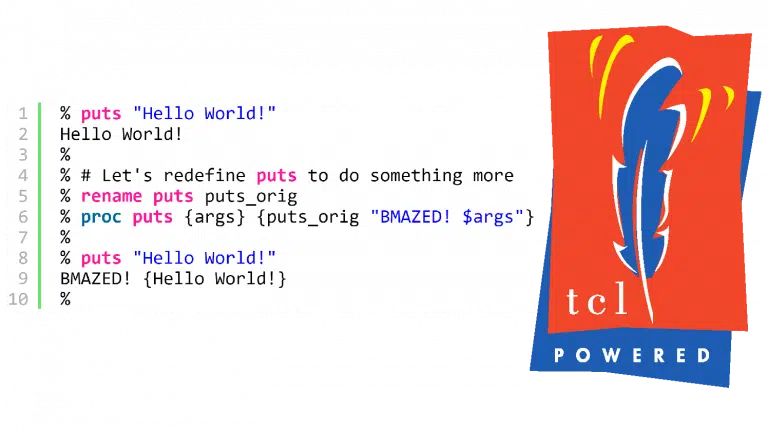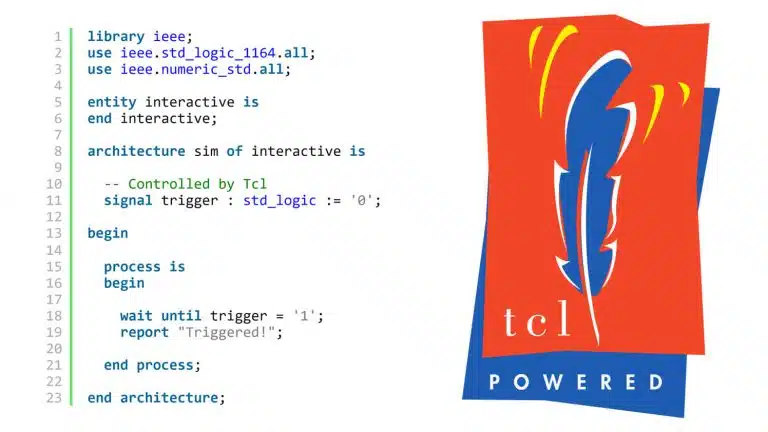8 ways to create a shift register in VHDL
There are many ways to create a shift register in VHDL, though not all of them are equal. You can dramatically reduce the number of consumed resources by choosing the right shift register implementation for your needs and FPGA architecture.

